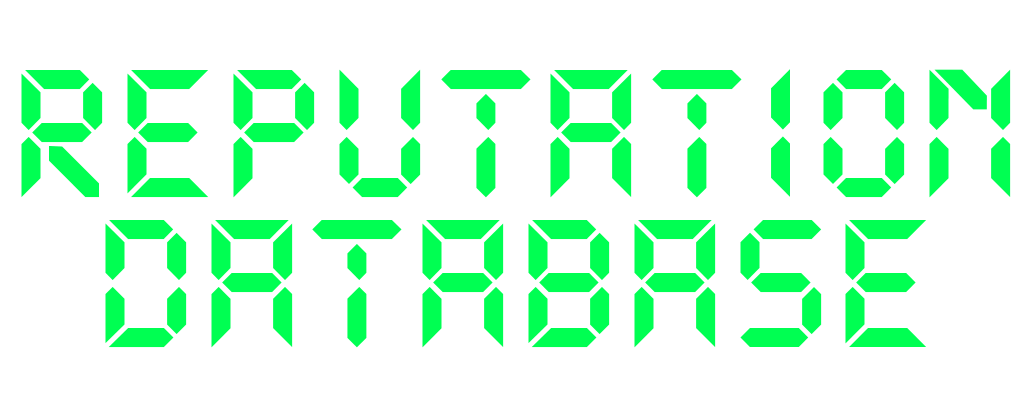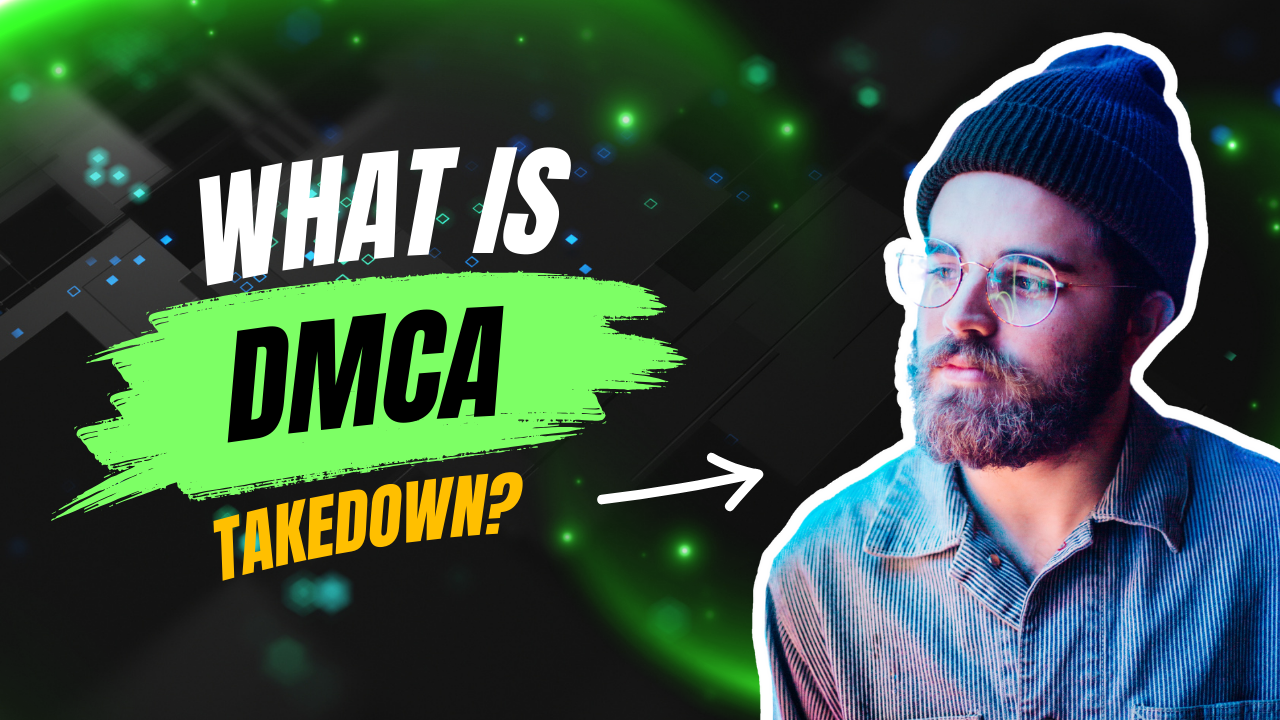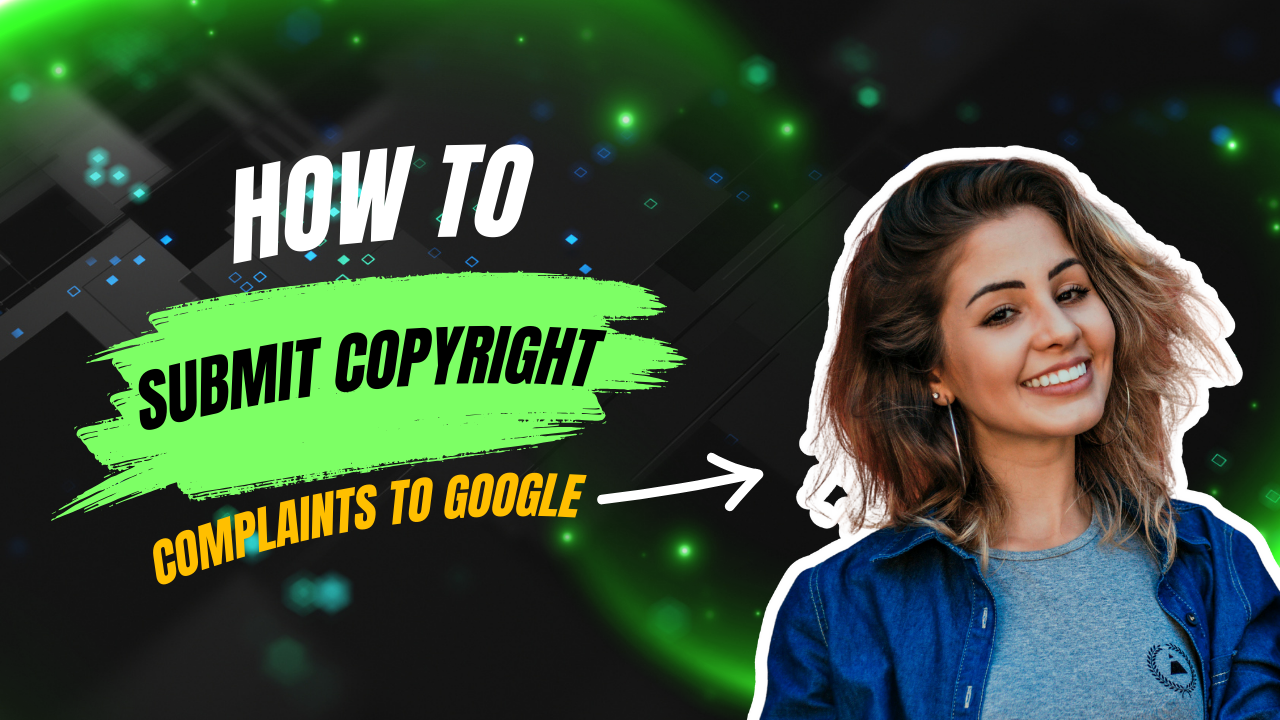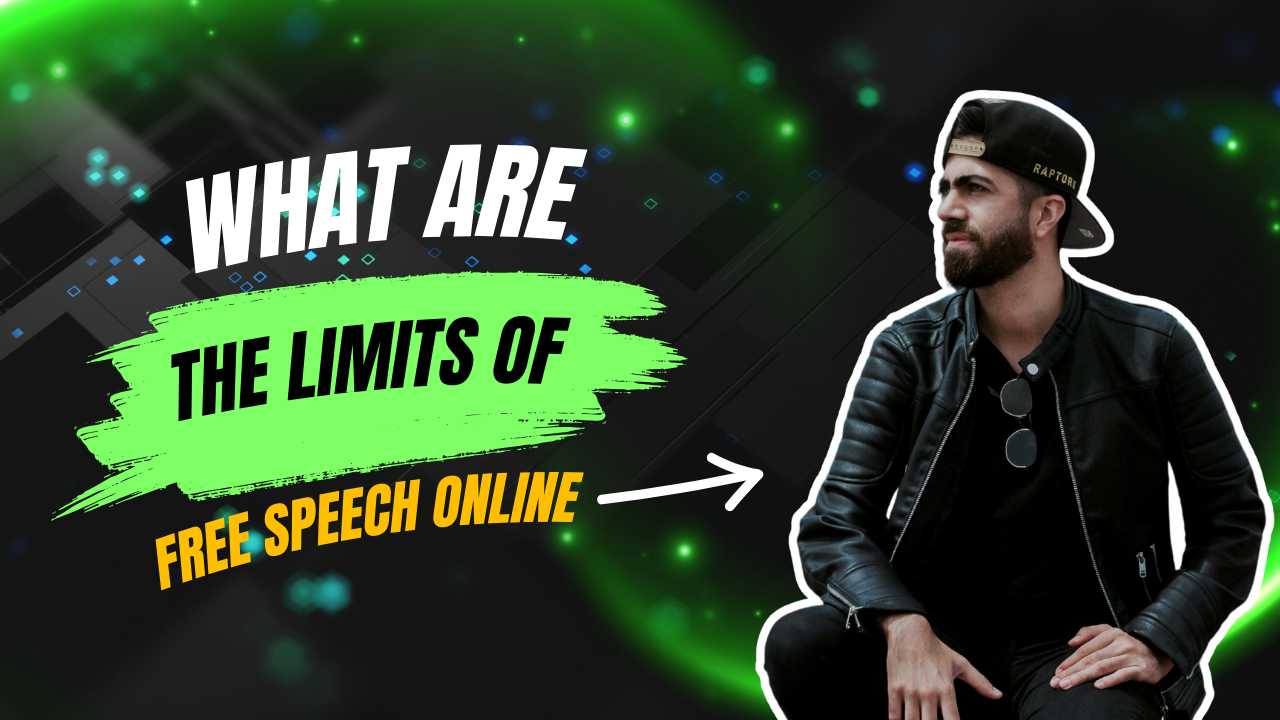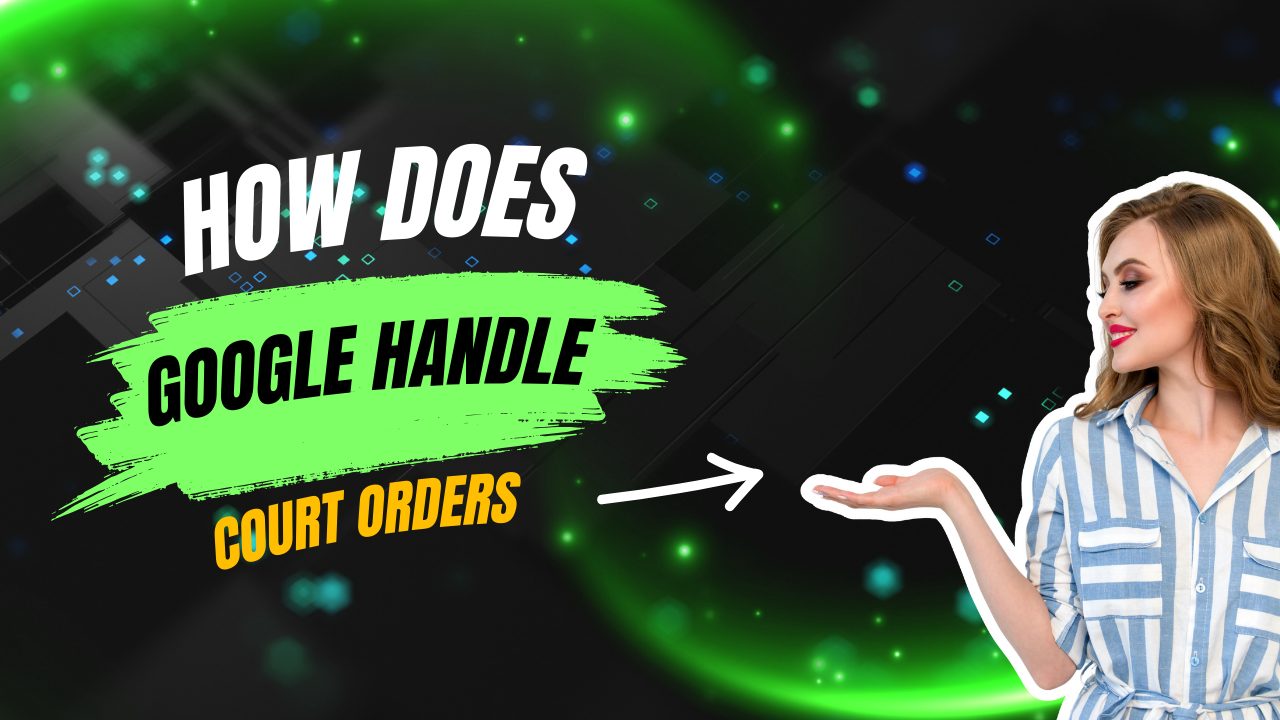If someone has copied your content and it’s now showing up in Google search or on another website, a DMCA takedown may be the fastest way to get it removed.
The DMCA (Digital Millennium Copyright Act) is a U.S. law that protects creators from online copyright violations. If someone publishes your original work without permission, this law gives you the right to demand removal.
Here’s how it works—and when to use it.
More DB Insights: How to Remove Google Search Results
1. What Is a DMCA Takedown?
A DMCA takedown is a formal request to remove content that violates your copyright. You can send the request directly to:
- The website hosting the infringing content
- The platform displaying it (e.g. YouTube, Reddit)
- Google, to de-index the page from search results
If approved, the content is taken offline—or hidden from Google’s search index.
2. What Counts as Copyright Infringement
To qualify, the content must be something you created and own the rights to. This includes:
- Articles, blog posts, or written content
- Images, videos, and graphics
- Website copy or designs
- Course materials, eBooks, or presentations
It doesn’t apply to opinions, news stories, or public facts. The key is that the work must be original and not covered under fair use.
3. When to Use a DMCA Takedown
Use a DMCA takedown when:
- Someone has copied your content word-for-word
- A competitor is using your images or branding
- You find your video or article reposted without permission
- Someone is profiting from your work without a licence
If you own the copyright, you have the legal right to request removal—even if the site is outside the U.S.
4. How to File a DMCA Request
To file a takedown with Google, go to:
Google’s Copyright Removal Tool
You’ll need to include:
- Your contact information
- A link to the original content (your version)
- A link to the infringing page
- A statement confirming you own the copyright
- A signature (typed name is fine)
You can also send the same request to the hosting site directly—look for a “DMCA” or “Copyright” link in the footer or contact page.
5. What Happens After You Submit It
Once your request is submitted:
- Google usually reviews it within a few days
- If approved, the infringing link is removed from search results
- The site owner may be notified and given a chance to file a counterclaim
- If they don’t respond, the content stays down
If a counter-notice is filed, you may need to take legal action to keep the content offline. But in most cases, the takedown is successful without further steps.
6. Final Takeaway
A DMCA takedown is one of the most powerful tools for removing stolen content from the internet. If someone’s using your work without permission, you have every right to take action—and Google will often back you up.
Use it when the content is clearly yours, not opinion-based or fair use. If you’re unsure whether your case qualifies, getting help from a removal expert can speed things up and reduce the risk of delays or denials.
Need help? ReputationDB.com specializes in removing or suppressing search results that hurt your reputation—so what shows up first reflects your best, not your past.
